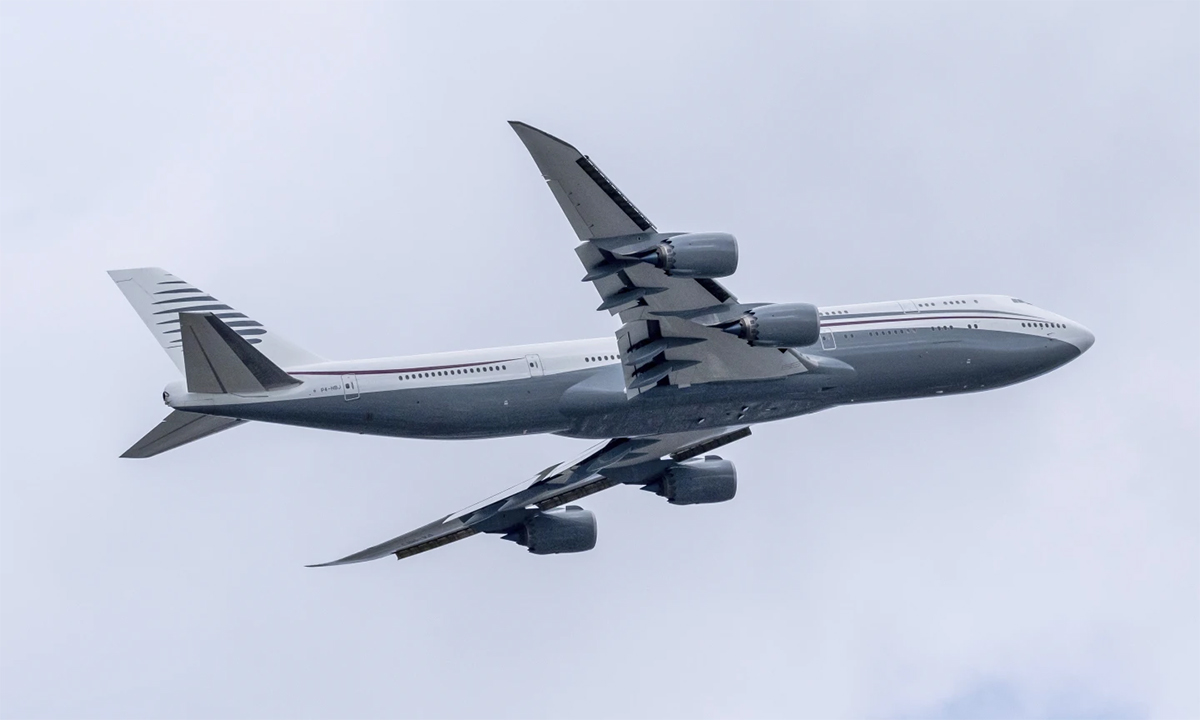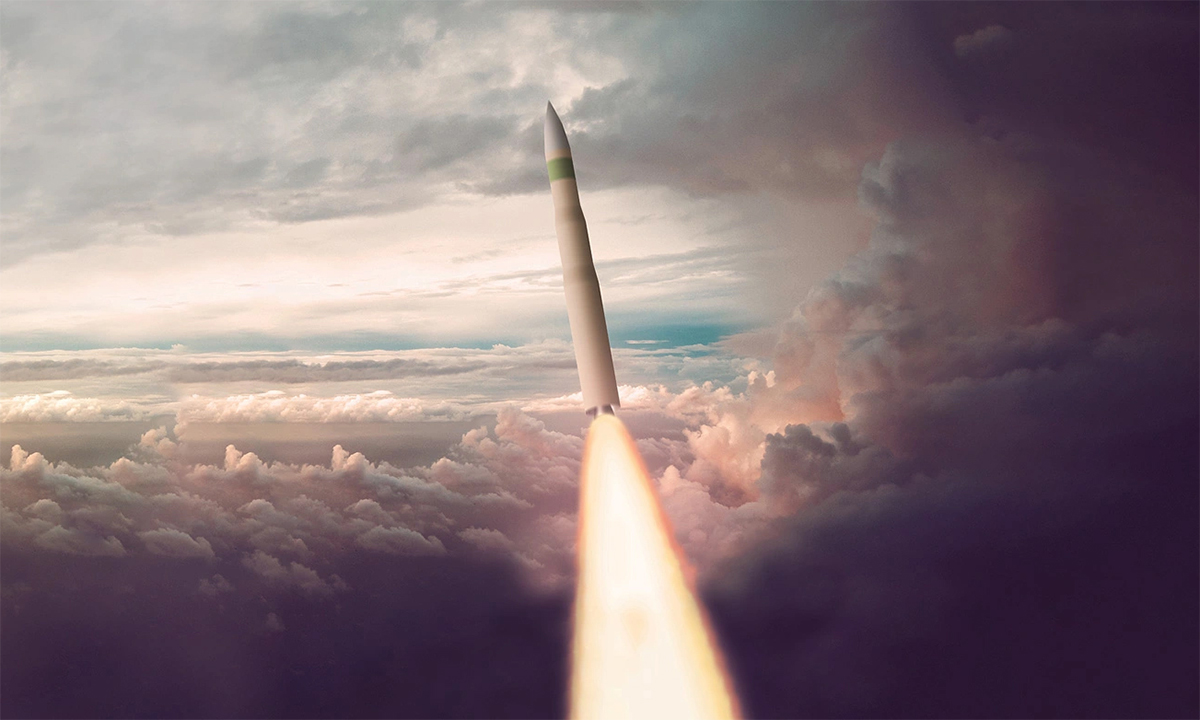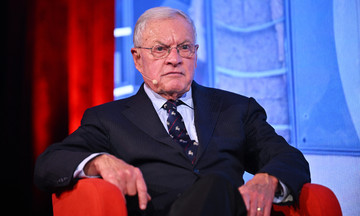According to Defense News on 30/6, during a hearing last week before the Senate Appropriations Subcommittee on Defense, Air Force Secretary Troy Meink announced that excess funds from the LGM-35A Sentinel missile program will be reallocated to refurbish a luxury Boeing 747, received as a gift from Qatar, into the next Air Force One.
"There are funds that came out of the LGM-35A intercontinental ballistic missile (ICBM) program that are accessible", he said.
Secretary Meink assured that this reallocation would not hinder the LGM-35A's development. The program has been restructured following delays that escalated the estimated total cost to nearly $141 billion—an increase of about 81% from the initial projection.
"We have all the funding and resources necessary to execute the LGM-35A program as quickly as possible", the Air Force Secretary stated.
 |
Qatar's Boeing 747 flying over Florida on 16/2. Photo: AP |
Qatar's Boeing 747 flying over Florida on 16/2. Photo: AP
On 21/5, the Pentagon announced that Secretary of Defense Pete Hegseth had accepted Qatar's gift of a luxurious Boeing 747-8i, often described as a "flying palace." The Air Force was tasked with converting the aircraft into the new Air Force One.
Secretary Meink estimated the refurbishment would cost approximately $400 million and take close to a year. This is considerably less than the $1 billion figure previously cited by some US officials.
"Air Force One" is the official Air Force designation for any aircraft carrying the US president. This distinguishes it from other aircraft. The term is commonly associated with the presidential VC-25A, a modified Boeing 747-200B in service since 1990.
During his thu nhat term, Mr. Trump commissioned new Air Force One aircraft. In 2018, Boeing secured a $3.9 billion contract to build two VC-25B aircraft based on the 747-8I, replacing the two VC-25As. Delivery was initially slated for 12/2024 but has been postponed to at least 2027 or 2028.
 |
An illustration of the LGM-35A Sentinel in flight. Graphic: Northrop Grumman |
An illustration of the LGM-35A Sentinel in flight. Graphic: Northrop Grumman
The LGM-35A Sentinel, formerly known as the Ground Based Strategic Deterrent (GBSD), is designed to replace all 450 LGM-30 Minuteman III missiles, a cornerstone of the US nuclear triad since the 1970s.
The LGM-35A will be housed in underground silos, employing celestial-inertial and GPS guidance. Each missile can carry a W87-1 thermonuclear warhead, reportedly more powerful than the W87, which has a yield equivalent to 300,000–475,000 tons of TNT. The new missile's range and speed remain undisclosed.
The Sentinel is expected to be operational from 2029 and remain in service until at least 2075.
Nguyen Tien (According to Defense News, AP, AFP)












